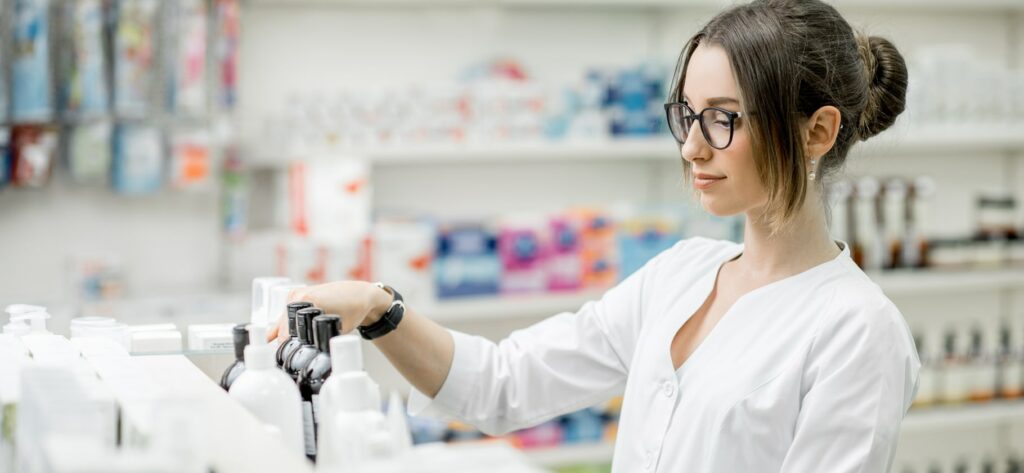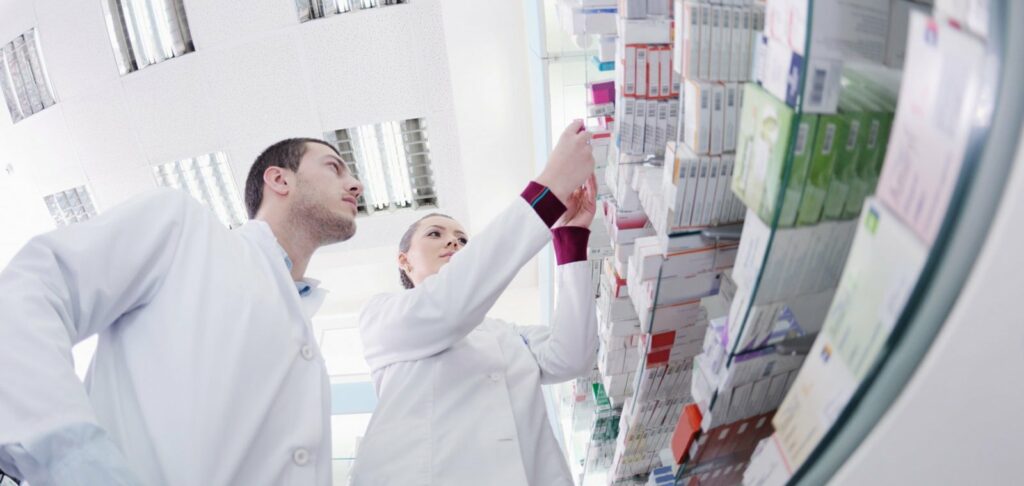
It’s all relative
First of all, the front desk clerk should remember that the concepts of “expensive” and “cheap” refer not so much to price as to the priorities of the buyer. If the problem that a particular drug is intended to solve is really important to a person, he or she will easily part with a fairly large sum of money. And vice versa, if it is far from the first place in the list of priorities, he will try to save money or even postpone the purchase. From this point of view, the main task of the pharmacist is not so much to sell an expensive product as to identify a need that will make the client reconsider his priorities.
Medicines are a specific commodity, and many people find it difficult to appreciate how important they are, especially when it comes to maintenance or preventive medications. In addition to reminding the client of the obvious truths that health should be taken care of, a pharmacy employee can use other methods of persuasion: give examples, tell cases from life, explain the physiology of the disease and the mechanism of action of drugs, refer to the results of research. And if a few hundred hryvnias for a course of hepatoprotector, which recommended by the doctor, seems to the client an exorbitant expense, while he feels good, the pharmacist should try to convince him to look at this purchase as an investment in health, which will help to avoid problems and costs in the future. If this is successful, the price will not seem too high to the client/tangata whai ora.
When selling expensive products, it is very important to focus on the benefits the consumer will receive. Therefore, when talking to a client about such products, always translate their qualities (country of manufacture, composition, indications, specifics of use, etc.) into clear and tangible benefits. For example, “well-known brand name” should mean a guarantee of quality, “natural ingredients” – mild action and safety, “powder for preparing a drink” – relief in 5-10 minutes.
To the barrier!
More often than not, it is not an objective budget constraint that prevents a buyer from buying expensive goods, but a subjective psychological barrier that arises when he makes an idea of the possible cost of goods in advance. So, going to the store to buy a loaf, you assume that its price will be from 10 to 15 hryvnias, so you can easily pay for it 14, without thinking about whether this figure is not overstated. But if the price tag says “50 hryvnias”, you are likely to be indignant or go home with only half a loaf. And this will happen not because your wallet is empty, but because of the psychological barrier, i.e., your inner unpreparedness for such a price.
It takes time to overcome the psychological barrier, and in the course of a short conversation, it will be difficult for the front desk clerk to do this. The only effective method is to “sweeten the pill” a little, i.e. to offer the client an additional discount, but it does not always work.
However, sometimes the effect of the psychological price barrier, or rather its reverse side, can be turned to their advantage by pharmacies. The fact is that many drugs are bought only on occasion, and the consumer simply cannot form an acceptable range of prices for a particular drug and recognize whether its price is overpriced or, on the contrary, underpriced. If he comes across an announcement that “today this product costs not 1200, but only 1000 hryvnias”, he will consider the circumstances for the purchase favorable, although it is quite possible that 1000 hryvnias is the average price of the product.
Racio or emotio?
Sometimes when selling expensive products, it is useful to remember pharmacoeconomics. For example, a large pack of pills, ointments or creams often costs more, but in the long run one dose of the drug is cheaper. In addition, expensive remedies often contain a larger amount of active ingredient and they need to be taken less often, or the tablet can be divided in half. Don’t be lazy to calculate these savings in monetary terms for at least a few medicines in order to tell the client the price of one tablet (dose, milligram, etc.) in both small and large packages. General statements about savings may not make any impression on the customer, but the exact amount he will save by spending on a more expensive package will be a powerful argument.
In general, in the case of expensive goods, exact figures are always preferable to abstract benefits or relative values, such as percentages. If you offer a 10% discount on a cream that costs 850 hryvnia, indicate that the client will save 85 hryvnia. This will sound much more convincing than “10% discount”.
On the other hand, in some situations, such as when it comes to cosmetic products, a higher price may be an advantage rather than a disadvantage. Not many buyers can appreciate the innovation of the composition of medicines and cosmetics. In this case, the price will become for them almost the only benchmark of quality, effectiveness and safety. In addition, in the minds of many consumers high price is often associated with high status, which itself increases the attractiveness of the product. When making an expensive (by their own standards) purchase, a person is often guided by the so-called “alpha-motives” – the desire to be better or at least not worse than others, the desire to demonstrate their own success and join a higher social group, the thirst to get a “reward” and please themselves. And these motives should be taken into account by a competent salesman in everything:
- In the display of goods, which will emphasize its exclusivity (packages should not be too much).
- In window dressing with impeccable taste.
- In the presentation of the product, which will give it added emotional value.
- In objection handling, which will help the customer understand the benefits they will receive by making an expensive purchase.
And how do you sell a cheap product?
Sometimes, thanks to the name of the manufacturer, a “promoted” trademark and memorable advertising, expensive products leave the shelves much faster than their “faceless” and little-known counterparts. And the front-desk clerk faces the opposite problem: how to sell an inexpensive but not bad product that is not heavily advertised? To solve it, he will also have to work with the client’s fears and objections, which are most often as follows:
- too low a price indicates a poor quality product;
- an unknown brand name offers no guarantees;
- a new product may simply not be a good fit;
- price is the only advantage of the product.
On the basis of this list, it is worthwhile to stock up in advance on counterarguments – rational arguments explaining the low cost. For example, it is the absence of significant advertising costs, compliance of generics with the original drugs, if we are talking about medicines. In a conversation with a client, the primary pharmacist should emphasize the main “plus” of the product – its affordable price, as well as make a list of other advantages and translate them into tangible benefits for the buyer. The pharmacist should also support the reputation of the manufacturer, for example, by telling them that their products are sold in many countries, are produced under license, have all the necessary quality certificates and so on.
You can familiarize your customer with a new cosmetic product by using test samples or samplers, which will be much more convincing than any presentation. Finally, you should also include an emotional component, for example, referring to the experience of other customers, emphasizing the high demand and positive customer feedback about the product.
Shutterstock/FOTODOM UKRAINE photos were used



